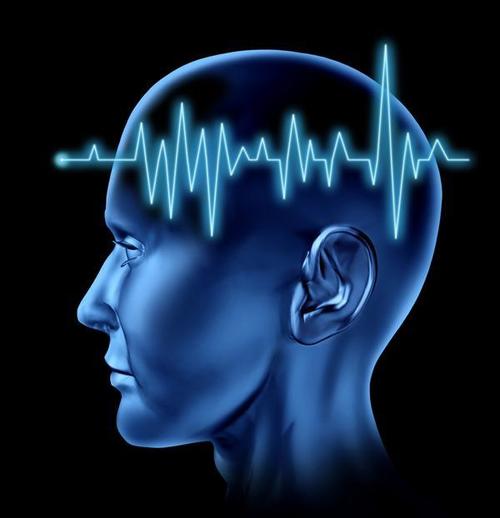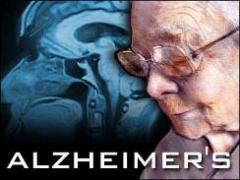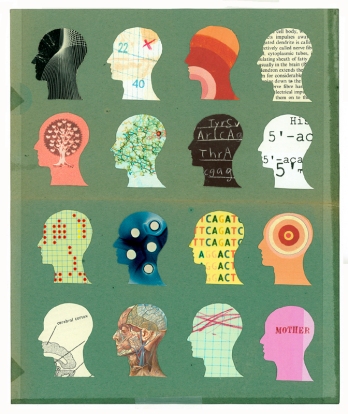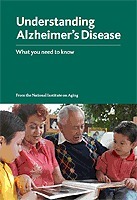Are you caring for someone with Alzheimer’s disease? Here’s what you should know.
 It is common knowledge that Alzheimer’s disease affects a person’s memory, cognition and ability to reason. People with Alzheimer’s disease can however also become listless, agitated, stubborn, depressed, anxious and even violent. Furthermore, they may suffer from hallucinations – experienced as pleasant and/or frightening. During the final stages of the disease, Alzheimer’s patients need full-time care and supervision, as they aren’t able to perform even relatively simple tasks, such as taking a bath, dressing, shopping, cooking or using the phone.
It is common knowledge that Alzheimer’s disease affects a person’s memory, cognition and ability to reason. People with Alzheimer’s disease can however also become listless, agitated, stubborn, depressed, anxious and even violent. Furthermore, they may suffer from hallucinations – experienced as pleasant and/or frightening. During the final stages of the disease, Alzheimer’s patients need full-time care and supervision, as they aren’t able to perform even relatively simple tasks, such as taking a bath, dressing, shopping, cooking or using the phone.
Are you caring for someone with Alzheimer’s disease? The tips below will help you with what can be a challenging journey. Just remember that each person with Alzheimer’s is as unique as a snowflake – which means that the tips given here may not work for everyone.
Tips for caregivers:
- If the person becomes angry or present with combative behaviour, give them space by leaving the room. Only return when they have calmed down.
- Don’t try to argue. People with Alzheimer’s disease have lost their ability to reason.
- Allow strange behaviour if it doesn’t affect others. It’s their way to make sense of their “new” environment among “new” people. Typical behaviour may include repeatedly packing and unpacking a suitcase, sorting out a wardrobe, or hiding a handbag under the bed. Always ask yourself, “Does it matter?”
- Be aware that strange behaviour could be their way of telling you, the carer, that something is wrong. The person might suddenly shout, hit something, swear, cry or laugh out loudly. Try to work out what is wrong, respond to possible emotions they’re feeling at the time of the incident, and then try to distract them.
- If you can determine what triggers these reactions, you can try to prevent it or keep the person calm when the trigger occurs. This can be anything – from a hallucination to being thirsty or wanting to go to the toilet.
- People with Alzheimer’s disease often get agitated because they struggle to complete simple tasks. When you show or tell them how to do something, it’s important that you relay the steps one by one, allowing enough time between each step for the person to absorb the information. Be patient!
- Don’t give the patient too many choices. Rather ask, “Do you want to wear this dress?” instead of “Which dress would you like to wear?”
- Don’t change familiar routines.
If the person with Alzheimer’s disease tends to wander or walk away:
- Try to find a solution to let them do so safely, for example allow then to wander into a secure garden.
- If the person is determined to leave, don’t confront them, as this could cause extreme anxiety, which may result in aggression. Rather accompany them for a short way, then divert their attention so you can both return.
- Make sure the person carries some form of identification such as a MedicAlert bracelet, or a card with a name and contact details.
- Attach a little bell to outside doors to alert you when they’re opened.
- Tell your neighbours about the situation and ask them to give you a call if/when they spot the patient outside.
- Lock the door, if absolutely necessary, but never lock a person with dementia alone in the home. The decision must be taken in the best interest of the patient. A too restricted environment causes boredom with resulting frustration that may lead to aggressive outbursts.
- Encourage friends and family to come and visit. Alzheimer’s patients often walk away in the hope of getting to see their loved ones. These visits also help to allay boredom.
Related Online CE Courses:
- Alzheimer’s Disease – Overview
- Caring for a Person with Alzheimer’s Disease
- Alzheimer’s – Unraveling the Mystery
Professional Development Resources is approved by the American Psychological Association (APA) to sponsor continuing education for psychologists; by the National Board of Certified Counselors (NBCC) to offer home study continuing education for NCCs (Provider #5590); by the Association of Social Work Boards (ASWB Provider #1046, ACE Program); by the American Occupational Therapy Association (AOTA Provider #3159); by the American Speech-Language-Hearing Association (ASHA Provider #AAUM); by the Commission on Dietetic Registration (CDR Provider #PR001); by the California Board of Behavioral Sciences (#PCE1625); by the Florida Boards of Social Work, Mental Health Counseling and Marriage and Family Therapy (#BAP346), Psychology & School Psychology (#50-1635), Dietetics & Nutrition (#50-1635), and Occupational Therapy Practice (#34); by the Illinois DPR for Social Work (#159-00531); by the Ohio Counselor, Social Worker & MFT Board (#RCST100501); by the South Carolina Board of Professional Counselors & MFTs (#193); and by the Texas Board of Examiners of Marriage & Family Therapists (#114) and State Board of Social Worker Examiners (#5678).









 Scientists say they “serendipitously” discovered that a drug used to treat a type of cancer quickly reversed Alzheimer’s disease in mice. “I want to say as loudly and clearly as possible that this was a study in mice, not in humans,” he said. “We’ve fixed Alzheimer’s in mice lots of times, so we need to move forward expeditiously but cautiously.”
Scientists say they “serendipitously” discovered that a drug used to treat a type of cancer quickly reversed Alzheimer’s disease in mice. “I want to say as loudly and clearly as possible that this was a study in mice, not in humans,” he said. “We’ve fixed Alzheimer’s in mice lots of times, so we need to move forward expeditiously but cautiously.”




